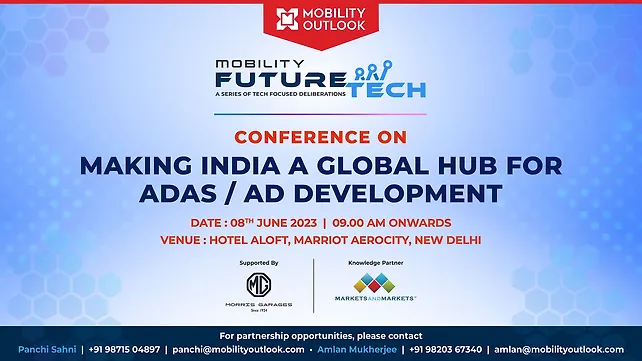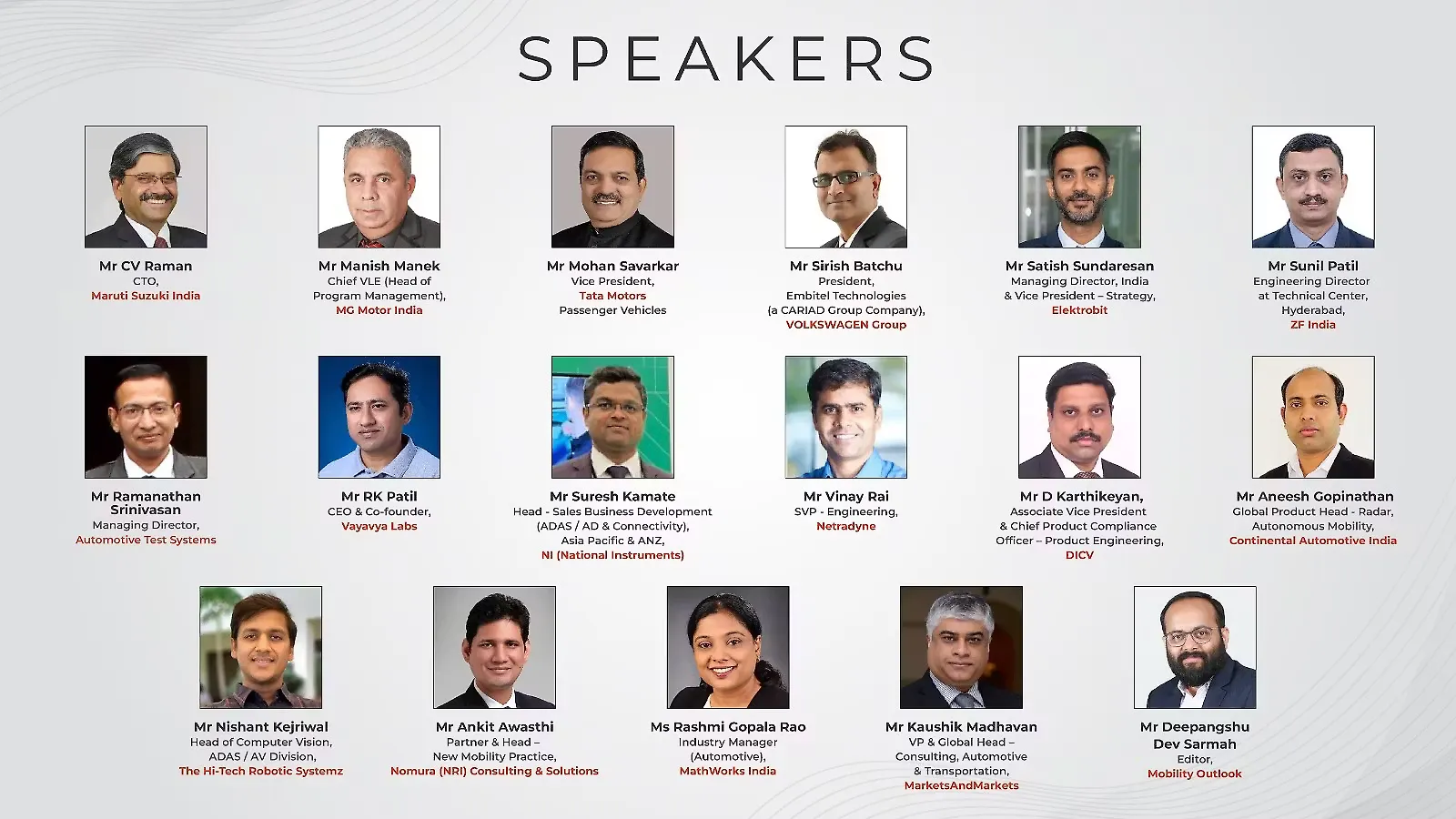
There are occurrences on roads that are beyond the control and comprehension of human beings. Take for example, some errant driver runs a red light, someone’s texting while at the wheel or a child wanders into the street. It just takes a split second for a catastrophic collision to occur
All drivers think of themselves as careful, but the truth is: we’re human. There are multiple distractions on the road, and drivers very rarely have the reaction time needed to keep up with the high-speed vehicles, pedestrians, cyclists, and all other forms of mobility, who share the road with us.
Over the years, the industry has developed both active and passive safety systems to make our automobiles as safe as possible. The truth, however, is that the number of fatalities and accidents on our roads continue unabated.

That is where Advanced Driver Assistance Systems (ADAS) come into play – acting like extra pairs of eyes for the driver that can guide drivers to safety and take control of the vehicle, when necessary. ADAS essentially utilises artificial intelligence programmed to detect what the human eye cannot.
As per some estimates by the Insurance Institute for Highway Safety, ADAS can prevent up to 1.8 million collisions in the United States alone. It is also estimated that ADAS can impact up to 62% of crashes every year, and has the potential to prevent up to 10,000 deaths annually.
India is slowly, but surely, coming to adopt ADAS and the benefits are clearly for everyone to see. As per Mordor Intelligence, the Indian automotive ADAS market was valued at $1.50 billion in 2021, and is expected to reach $4.17 billion by 2027, registering a CAGR of 18.83% over the forecast period.
How ADAS leads the Indian industry to adopt different levels of vehicle autonomy is yet to be seen, but a start has clearly been made.
In view of the subject’s importance in the current mobility context, Mobility Outlook will present a daylong conference on “Making India A Global Hub For ADAS/ AD Development” on June 8, 2023 at Hotel ALOFT, Marriot, Aerocity, New Delhi.
This is the first of the three-part series titled Mobility FutureTech, with the other two being on Software-Defined Vehicles and Cybersecurity.
The first session on ADAS & AD would see a mix of addresses, technical presentations and discussions with representation from OEMs, suppliers, software companies and other industry stakeholders. The session would strive to see how India – already a worldwide IT hub – can partner with the global auto industry to create world-class software for ADAS/ AD readiness.
The day will unpack knowledge from the greatest gurus and organisations working in these domains, and will also present an opportunity for the different stakeholders to come together, network, and throw light on the future of ADAS & AD.
Key discussion points:
India as a global hub for ADAS/ AD development;
1. Role of the software industry;
2. Role of automobile manufacturers;
3. Role of the academia;
4. Role of testing & homologation;
5. ADAS/ AD standards and their role in improving safety;
6. Importance of ADAS in the future of mobility;
7. Functional safety & ADAS – living together;
8. Future technology development – Lidar, Radar, cameras & sensors;
9. Making sense of Indian road scenarios.
Event Coverage
ADAS Key To Road Safety, Says Manish Manek
ADAS Can Aid Intervention For Active Safety Given Its Customised For Indian Solutions: Experts